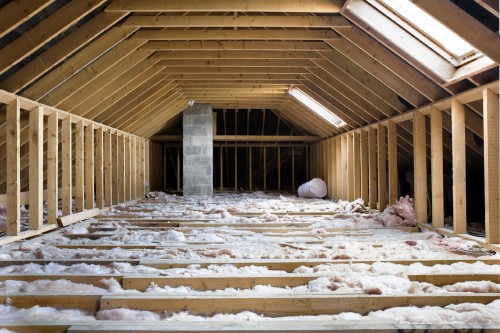Proper insulation is an important component of the modern home. Many homeowners do not give it much thought, but the correct insulation keeps your home warm during the winter, cool in the summer and prevents the growth of mold. Here are the basics of home insulation:
Insulation works by keeping the conditioned indoor air from escaping and the outdoor air from coming in. The insulation traps the air within the household and slows down the in and out process. Take heat for example. Heated air flows from the warm parts of the house to the cooler parts. When there is a difference in temperature, you can expect the heat to flow. This is where the insulation creates a barrier to slow down the transfer of heat (and cold). The insulation also protects the house from moisture. According to the Foam Factory, Inc., the unique structure of polystyrene provides almost total resistance to moisture and water vapor.
There are several types of insulation, and they are all rated differently. The rating is based on how much resistance the material provides to the transfer of heat. Most organizations refer to this as the R-value. The building code in each area will specify the R-value for each section of the house. Improper installation of the correct materials can result in a lower R-value, so it is important to follow installation guidelines.
There are several materials that you can use as insulation: Rigid foam (polystyrene insulation), Spray Foam, Cellulose, Mineral fiber, and Fibreglass are the most popular.
